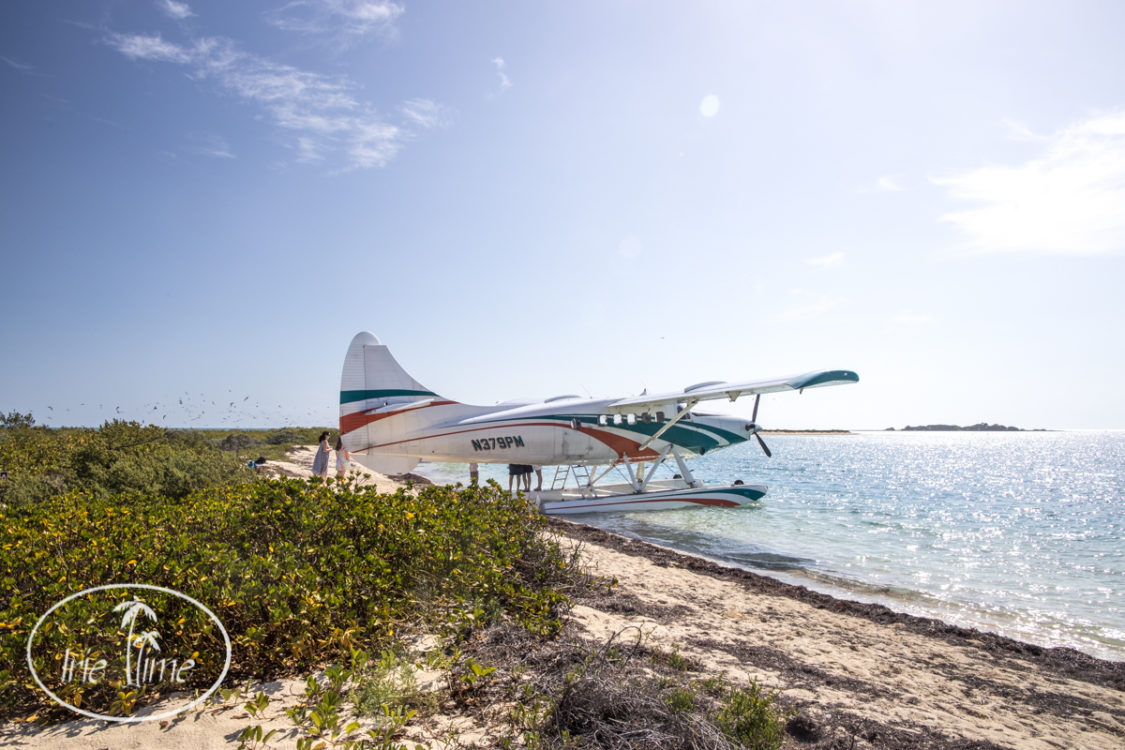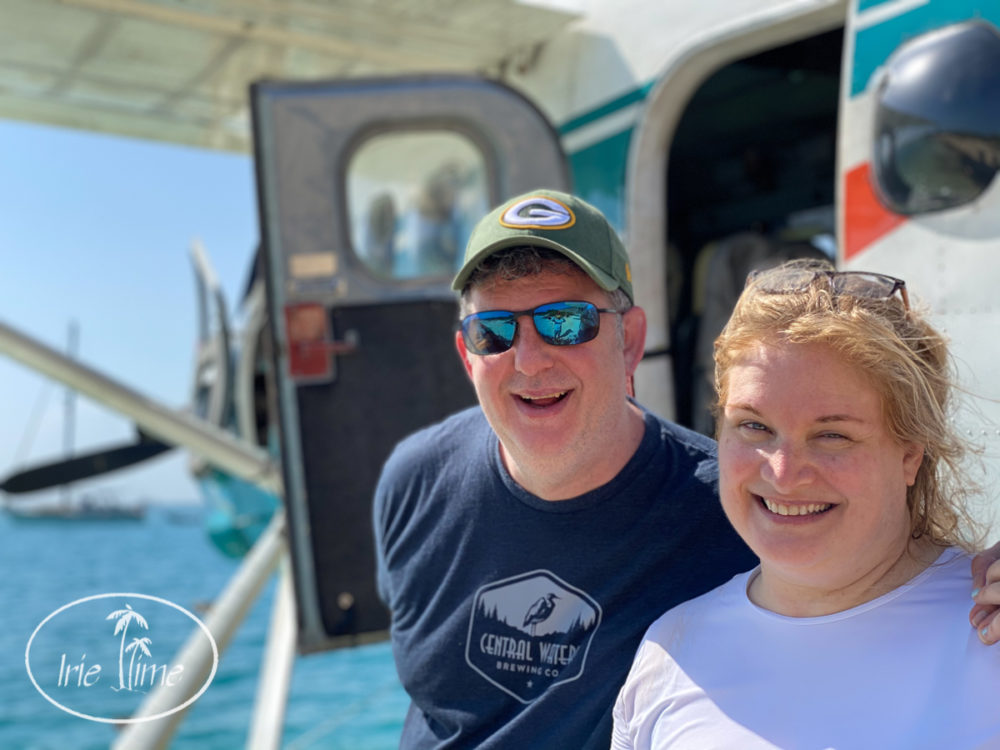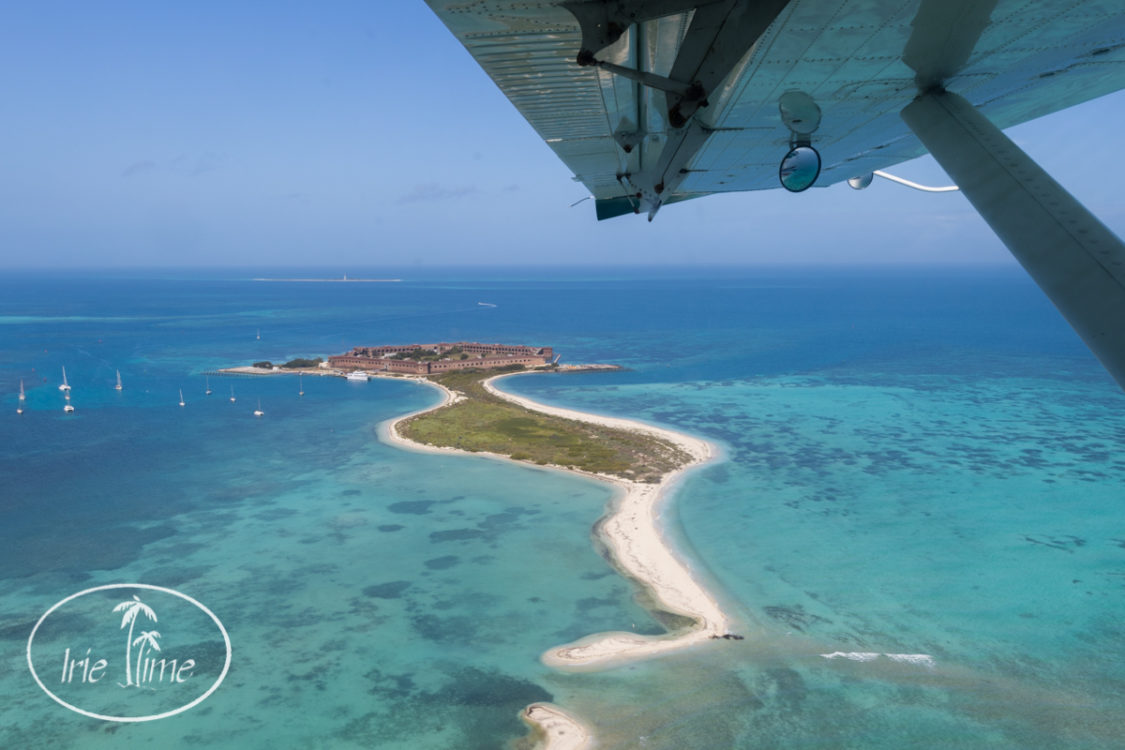When we planned the trip to Key West, I knew I wanted to visit Dry Tortugas National Park. Dry Tortugas National Park is located 70 miles west of Key West and is accessible only by seaplane, ferry, or by private boat with a permit approved by the National Park Service. The least expensive way to get to the park is by the Yankee Freedom ferry, which transports up to 175 passengers and takes 2 to 2-1/2 hours to reach the park. The seaplane costs a bit more, but you arrive at the park in 35 minutes and get an amazing view of Key West, the park, and everything in between. The plane, operated by Key West Seaplane Adventures, flies approximately 500 feet above the water, allowing you to see everything from sunken wrecks to sea turtles coasting along the surface. Pick up your headphones and you are treated to a guided tour by your pilot, who fills you in on the history and interesting tidbits of the region.
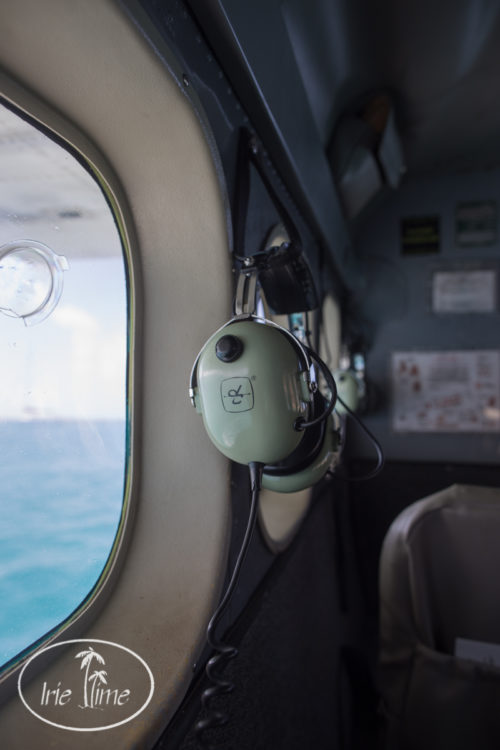
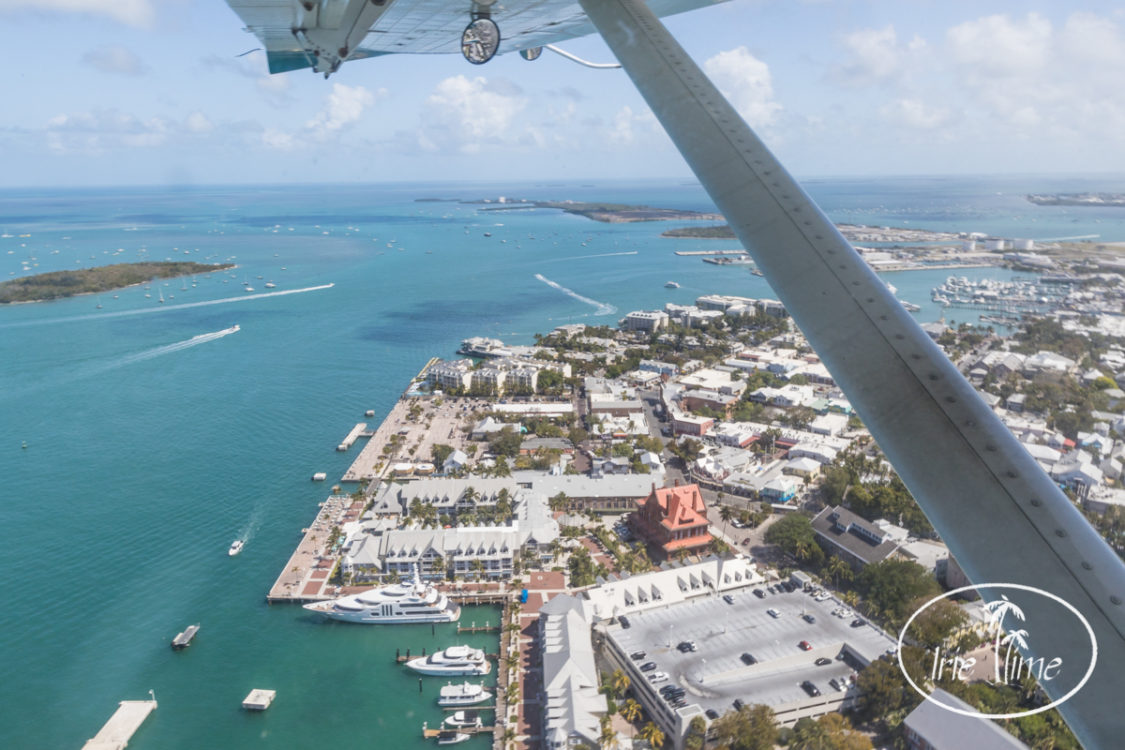
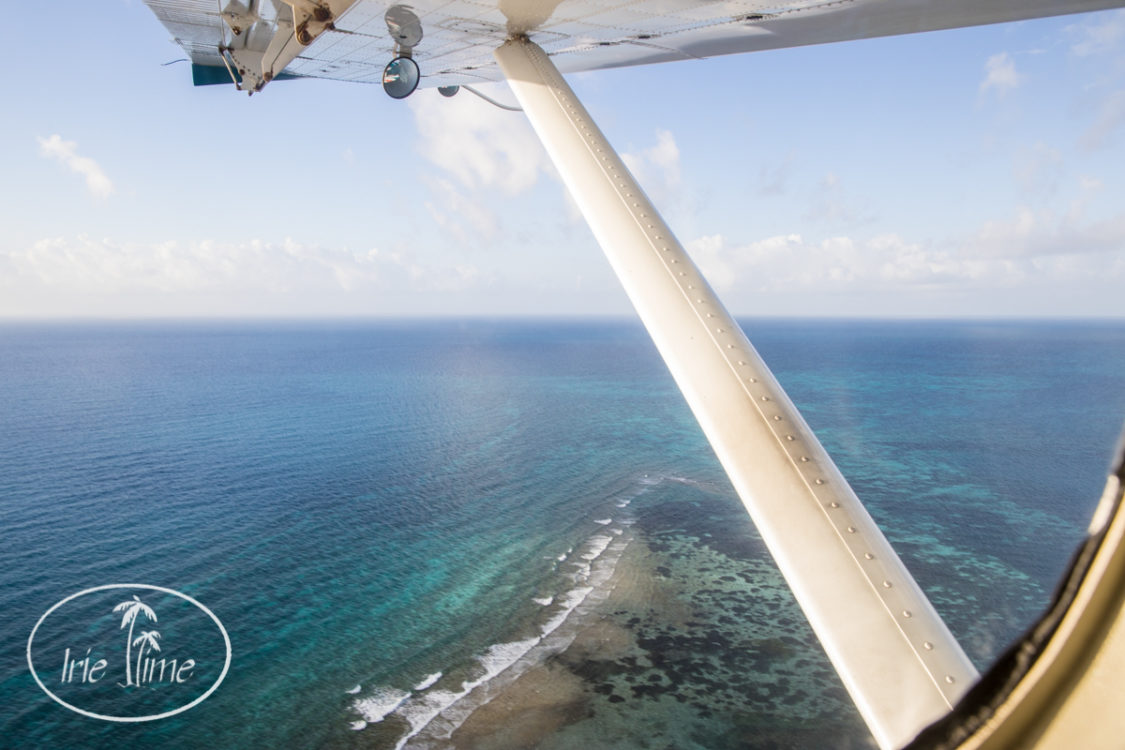
The Dry Tortugas are a set of seven keys, situated on the edge of a shipping channel between the Gulf of Mexico, and the western Caribbean and Atlantic Ocean. It was named “tortugas” for the abundance of turtles in the area, and “dry” given the lack of fresh water.
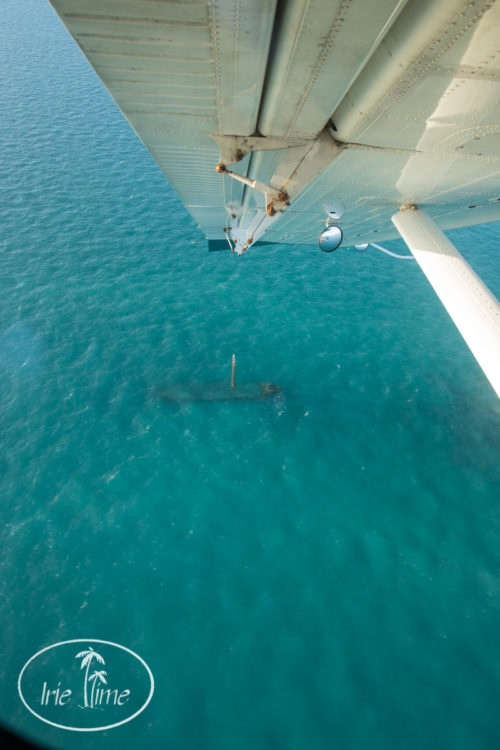
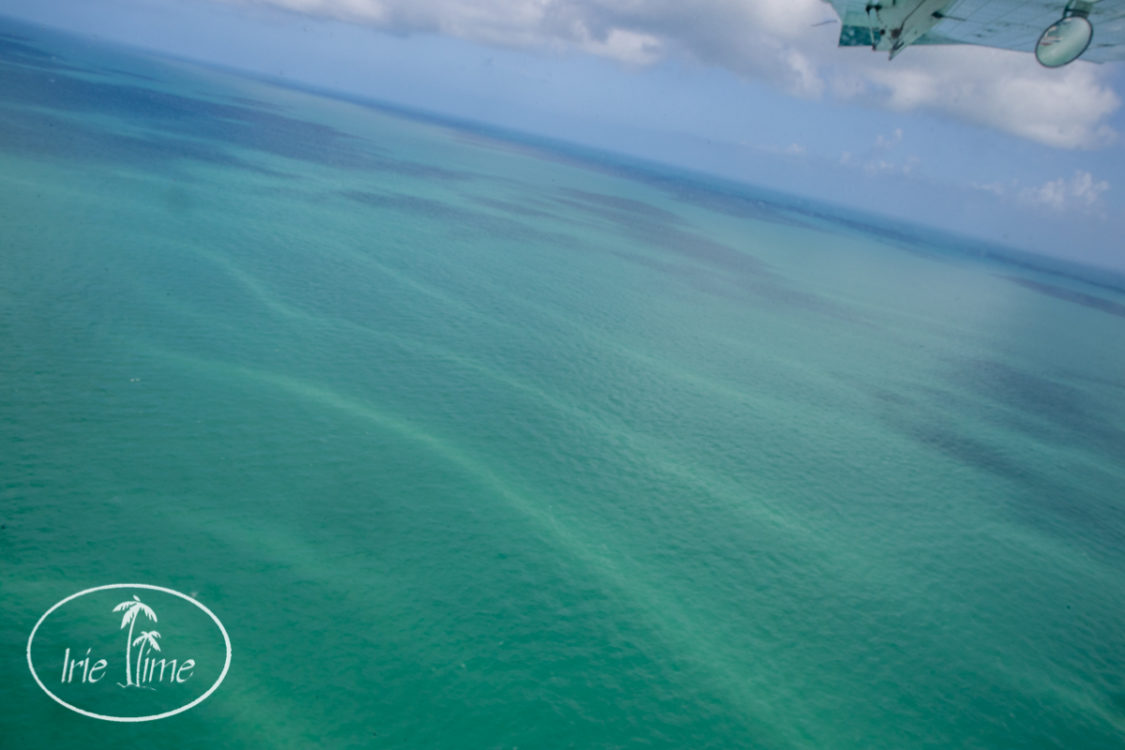
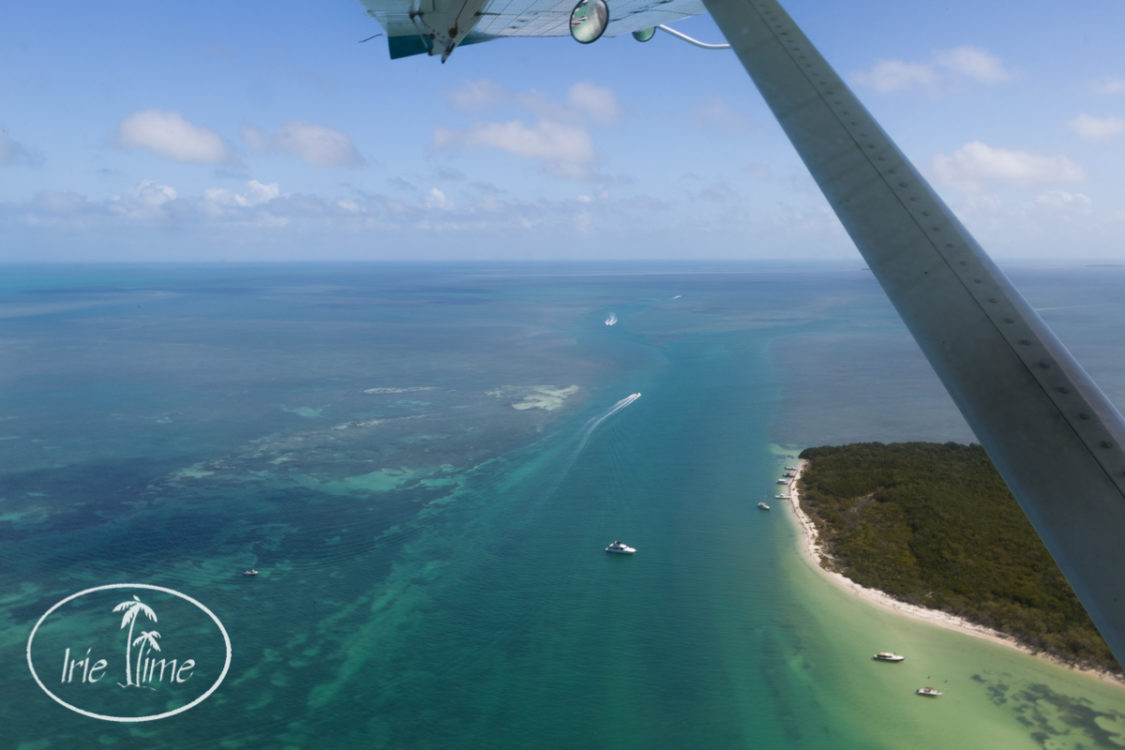
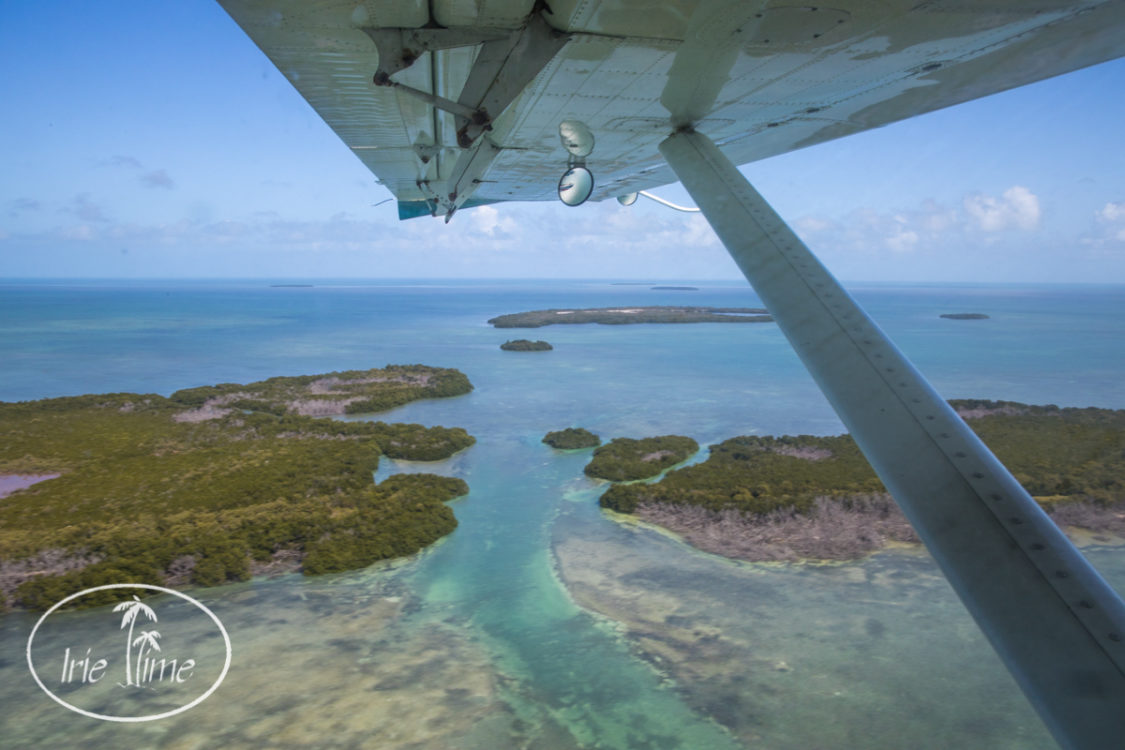

We took the early flight, so we were able to explore the park with only a few others on the 100-acre park home to Fort Jefferson. Fort Jefferson was constructed between 1846 and 1875 to protect the pathway to the Gulf Coast ports. The structure is the largest brick masonry structure in the Americas, and is quite impressive. Although there were areas which had deteriorated, it was amazing how much remained given the harsh conditions so far out to sea.

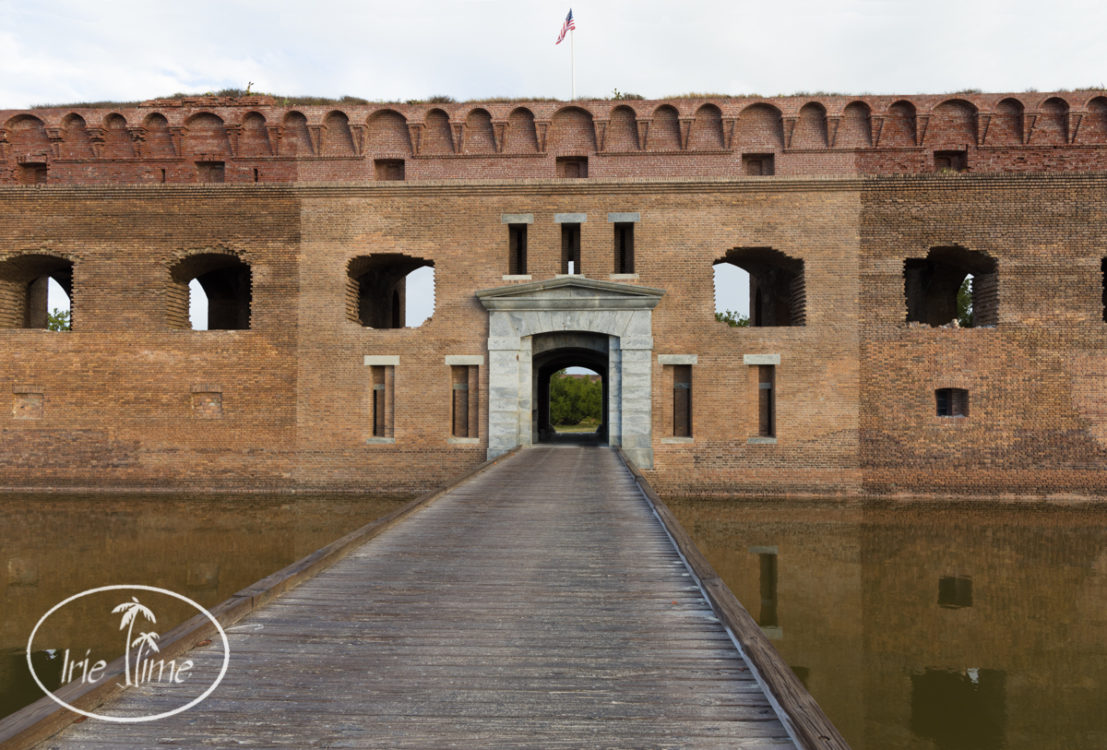

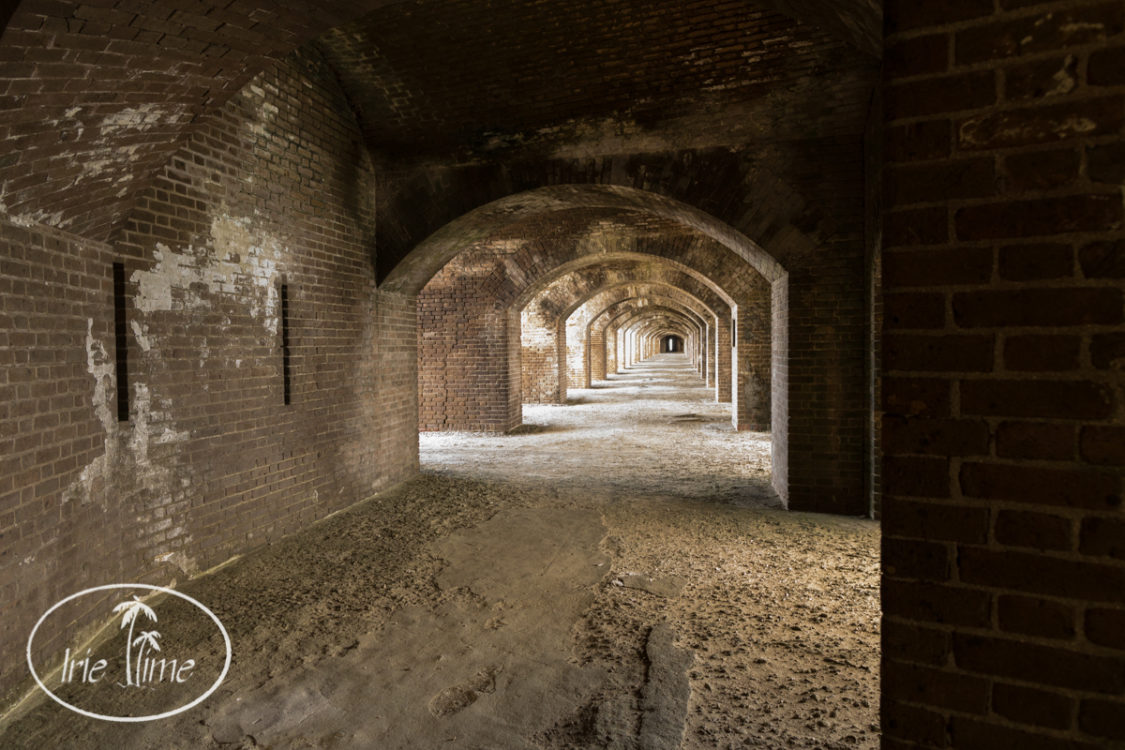
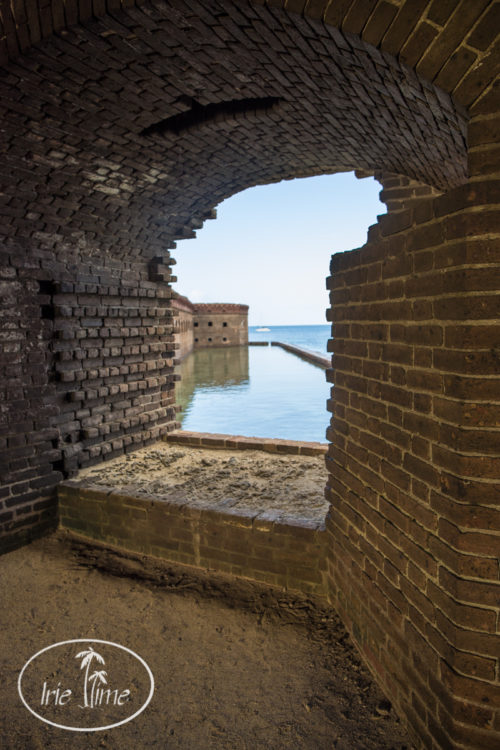

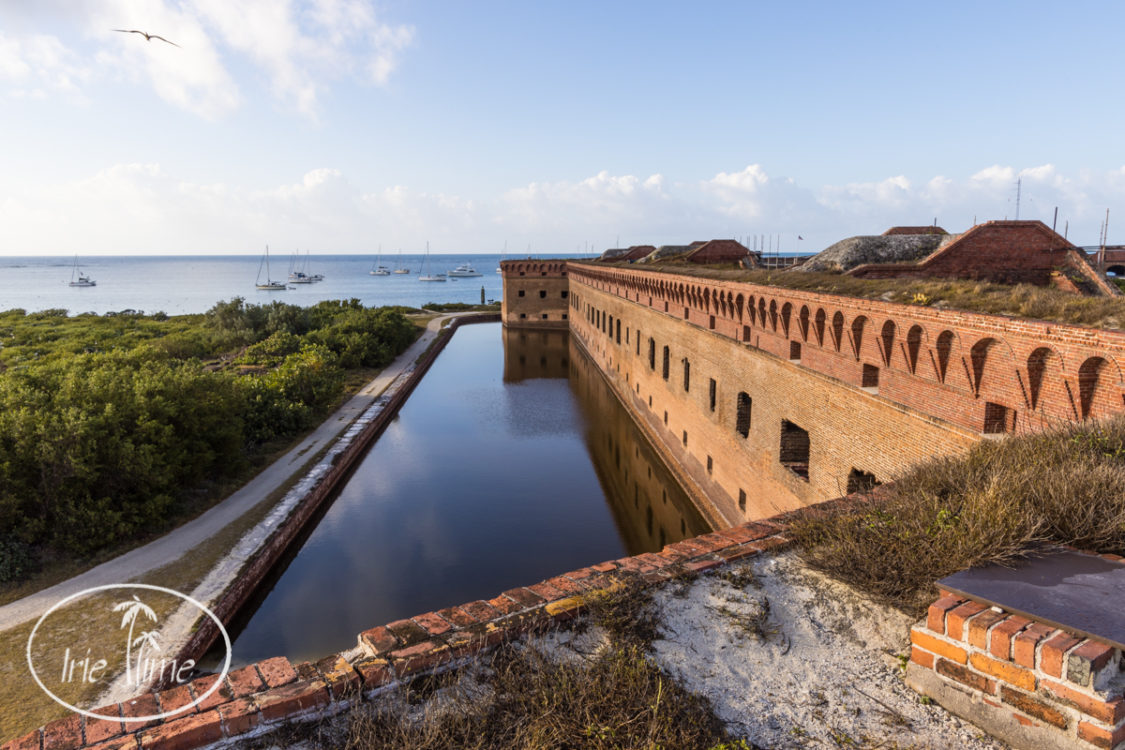
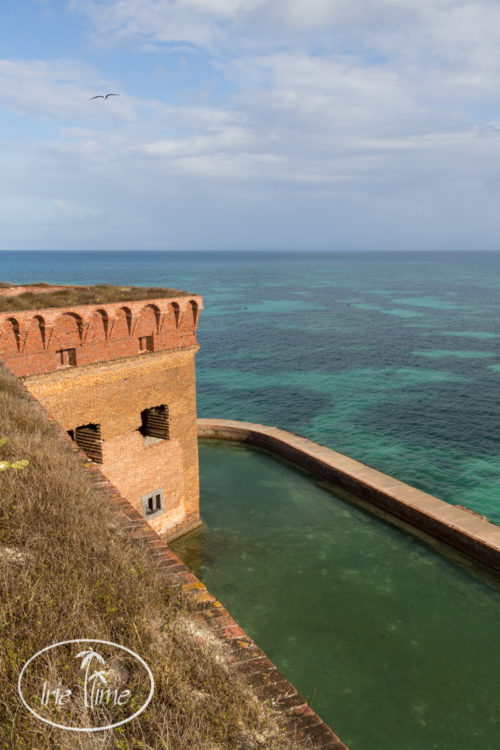
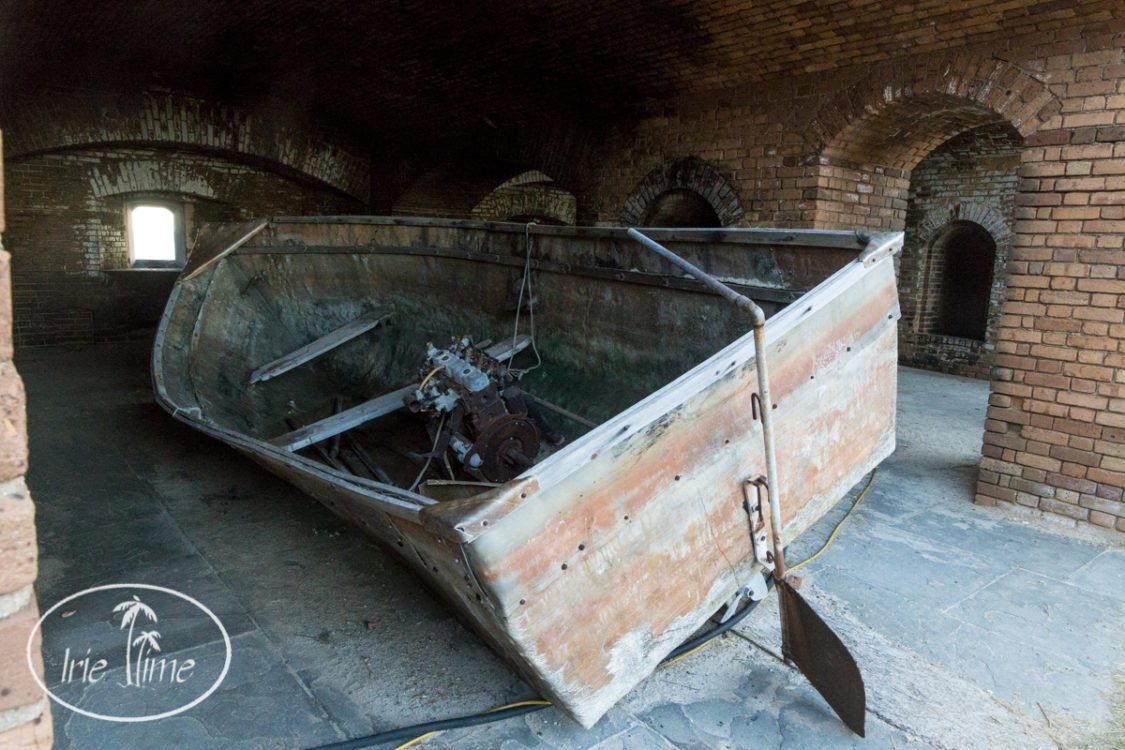
During the Civil War, the fort was used as a prison, primarily housing Union deserters. Fort Jefferson’s most famous prisoner was Dr. Samuel Mudd, who was convicted of conspiracy to murder President Abraham Lincoln by setting the fractured leg of John Wilkes Booth. Dr. Mudd was sentenced to life in prison, and arrived at Fort Jefferson in 1865. In 1867, an outbreak of yellow fever took the life of the prison doctor, and Dr. Mudd assumed the role. For his service, he was pardoned by President Andrew Johnson in 1869.
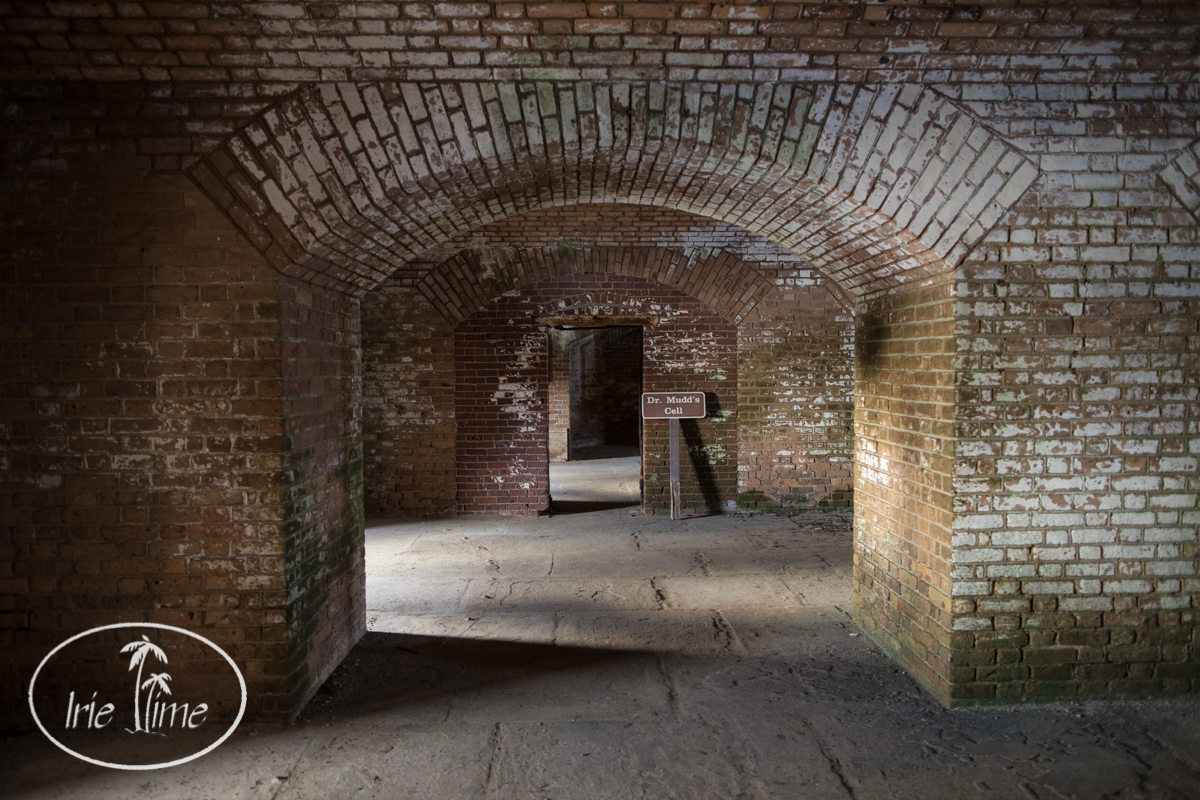
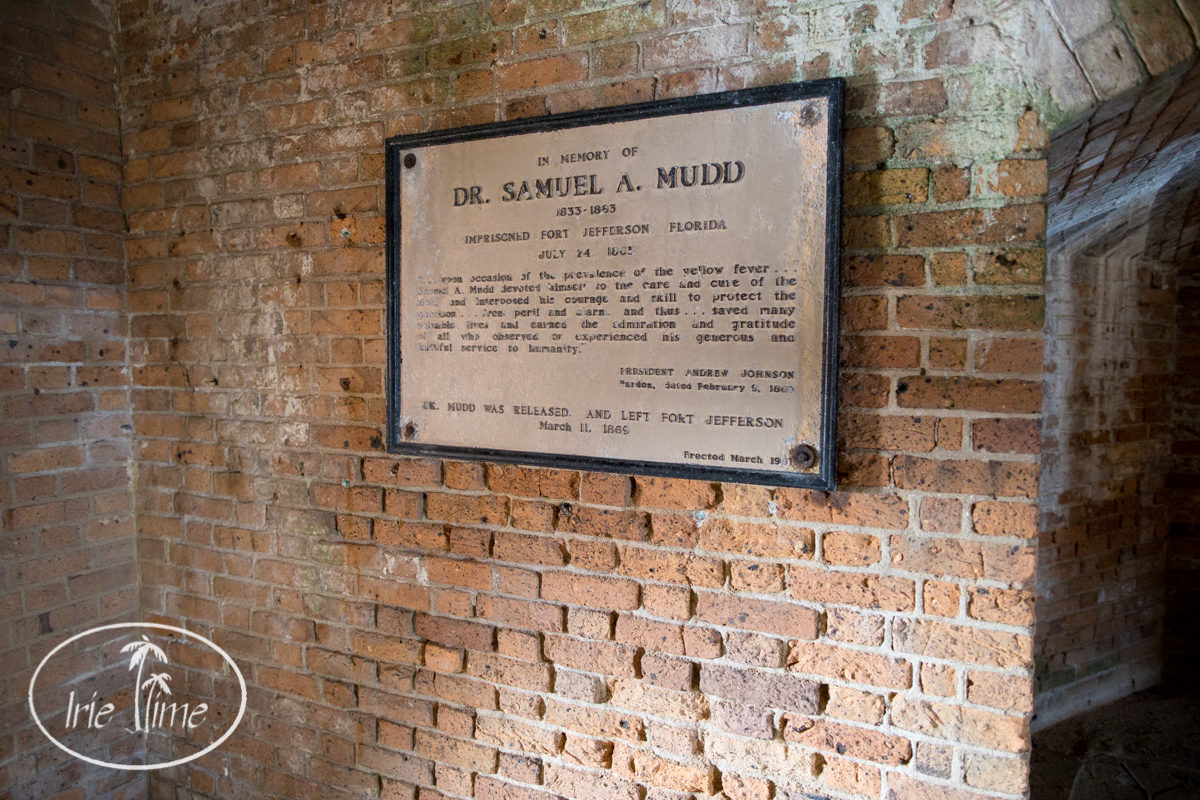

We then put on our snorkeling gear and headed out to the ocean, swimming around the fort wall and dock posts.
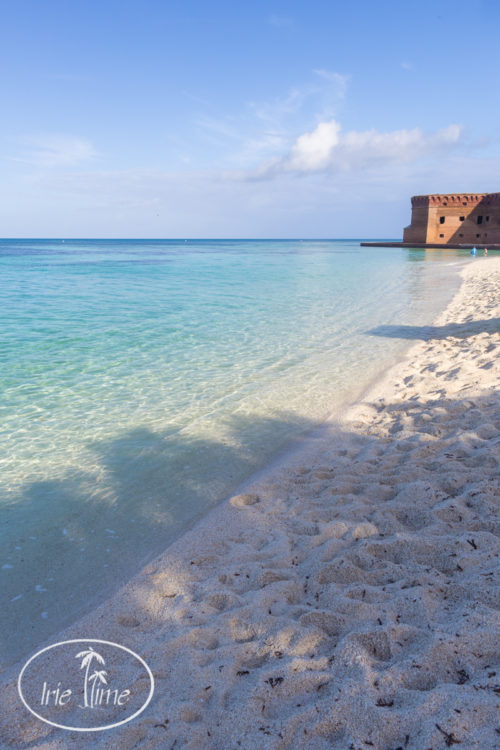
The trip was amazing and the highlight of our Florida vacation. Many thanks to our pilot, Kris, for the great tour and the photo of the two of us as we were ready to board for the return trip.
